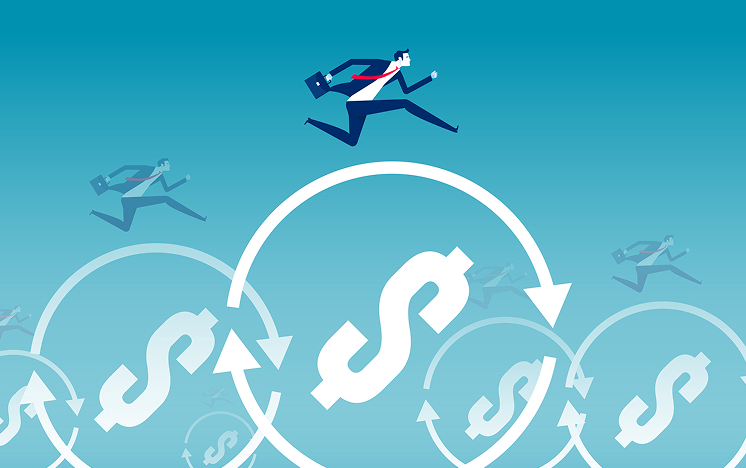Personal Loan or Personal Line of Credit: Which Is Right for You?

A personal line of credit and a personal loan are options that can be in everyone’s financial toolbox. But what are they and how are they different? What are the pros and cons of each financial alternative?
How the personal loan works
Let’s start with a personal loan. It’s a very basic loan that delivers a lump sum of cash. The interest rate is usually fixed, and you repay the loan in equal monthly payments until the balance is zero.
Personal loan amounts range from $1,000 to over $100,000. terms are typically one to five years, but loans with terms of up to ten years are available from some providers.
The loan is usually unsecured. So there’s no threat of home foreclosure or auto repossession. With unsecured financing, there is no need for a complex and costly closing.
Some lenders allow you to pledge collateral that they can repossess if you fail to repay. In exchange, they can offer you a lower interest rate.
But there are also concerns.
- You must know in advance how much you’ll need because personal loans deliver a lump sum and you can’t change the loan amount once you get the money
- If you need money fast there is no guarantee you’ll get it. Some personal lenders deliver funds within hours if your application is very straightforward and you are highly qualified, but your loan could take longer
- You must take the money when your loan funds and you pay interest on it from Day One
Managing the cons and exploiting the pros is the key to successful debt management with a personal line of credit.
How the personal line of credit works
A personal line of credit is widely available, often with little or no up-front cost. One downside of the personal line of credit is that its interest rate is variable, so the payments are less easy to budget.
Like personal loans, personal lines of credit come in amounts ranging from $1,000 to over $100,000.
The great attraction of a personal line of credit is that it exists before problems arise, and you don’t need to know exactly how much you need before you apply. There’s no emergency application and no need to quickly find documents. A line of credit can instantly resolve the problem if you suddenly need $750 to fix a car or pay an emergency medical bill.
With a line of credit, you apply to a lender for the right to borrow up to a preset spending limit. The lender will use your credit rating and income to determine how much it will lend and at what interest rate. Once your line of credit is established, you can tap it as needed. It might take the form of a checkbook, an online account or an overdraft on your bank account.
Some lenders allow you to pledge an asset to secure the loan. They can repossess it if you fail to repay your loan. For pledging an asset, you should get a lower interest rate.
Repaying the personal line of credit
How does the lender determine your personal line of credit payment?
You’ll normally make minimum monthly payments, like you would with a credit card. The minimum repayment amount is not standard. But it’s usually 1% of the outstanding balance or $25, whichever is higher.
Your interest rate will fluctuate according to the terms of your loan. If, for instance, your rate is Prime plus 4%, your rate as of this writing would be 9% (the 5% prime Rate plus the 4% margin for that loan). If the Prime Rate increases to 6%, your rate would rise to 10%. if it fell to 3.5%, your rate would be 7.5%.
Notice that the interest rate may not be tied to your minimum payment. If rates rise, your payment may not be sufficient to lower your balance. In addition, look for other payment arrangements, including:
- Draw and repayment periods in which you stop using your credit line and must pay it off
- Balloon payments, in which the entire balance becomes due and payable at the end of the loan term
- “Demand” features which allow the lender to make the entire balance due and payable any time
And that is why you need to be wary of a special quality offered by personal lines of credit. Such lines are so convenient and so easy to use that balances can quickly grow. That means you just owe more debt. As an alternative, think of a personal line of credit as an emergency fund, financing that should only be used as a last resort.
Typical costs and terms of a personal line of credit
There is no “standard” personal line of credit. But the majority do offer similar structures, typically:
- Interest rates (including introductory specials) ranging from 3.99% to just under 20%.
- Terms of up to five years
- Fees include annual maintenance of $25 to $50 plus charges for late or returned payments











